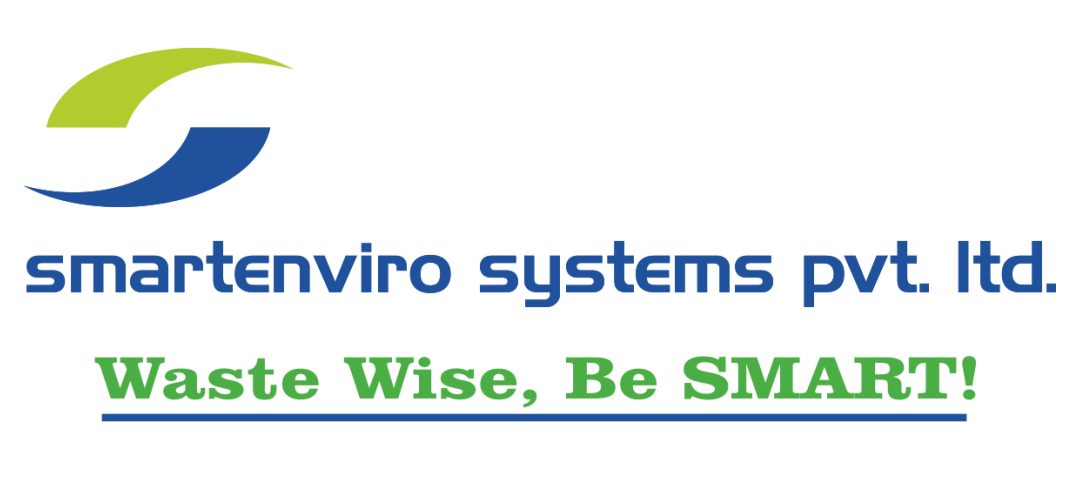Composting is now one of the most effective strategies to deal with food waste. Here we look at how it works and why waste minimization is always preferred.
As important as it is to reduce the amount of food wasted at every stage of the process—from farm to plate—it is impossible to eliminate all waste. Fortunately, composting food waste offers an efficient means of reusing materials productively and naturally. It would help to choose a suitable compost making machine whenever you decide to make organic fertilizer.
What you need to know to start composting food waste
To put it simply, composting is a method of transforming organic waste into something that may be used as a soil amendment. In some form or another, everyone is familiar with compost—whether it’s the compost pile at the foot of the garden or a bag of potting soil used for house plants. In contrast, the fundamentals of composting are less well-known, and it is essential to grasp them in the context of food waste. In organic farming, and organic waste converter is a device that turns organic waste into compost that may be used as a fertilizer.
Food waste and other organic inputs such as garden waste may be composted using composting and anaerobic fermentation, although composting is aerobic, whereas anaerobic fermentation is anaerobic. Carbon, nitrogen, oxygen, and water are the four primary ingredients in traditional composting. As a result, the highest-quality compost is always made by combining food waste (greens = nitrogen-rich) with carbon-rich inputs like dried leaves or woody debris.
Pathogens that may harm people are killed by microbes that break down waste and render it inactive in the presence of these ingredients. Bacteria, actinobacteria, fungus, moulds, yeast, protozoa, and rotifers are a few microorganisms that play a role in composting food scraps. Each one is essential.
Composting effectively removes food waste from landfills, but reducing waste should always be the first step in a waste reduction strategy. It’s best to reduce food waste at every stage of production, not only to reduce waste at the end of the chain but also to save resources like land, water, and carbon footprints connected with agriculture at the production level. The composting machine is used to treat and recycle solid and liquid waste material.
Composting is one of the cheapest and most effective ways to recycle “true food waste,” such as the inedible parts of a plant or animal.
Composting your food waste
Composting at home doesn’t require a garden. Making compost at home with a food waste Compost machine is the most ecologically beneficial method of recycling organic waste. Composting and fermentation processes can be divided into:
- Standard Composting
This approach stacks garbage, killing germs and decomposing organic material. Meat, fish, dairy, and oils are hard to compost at home, as are citrus and onion peels. Temperatures may not be high enough to break garbage into smaller piles, and rats and other pests may be attracted. This system is easy to put up in a garden or other outside place and requires no upkeep.
- Vermicomposting
Worms help decompose waste. Vermicomposting can be done in small containers. Animal-based items such as meat or dairy may attract rats, although vermicomposting can handle tiny amounts if your bin is carefully stored.
- Bokashi
In an anaerobic container, microorganisms digest waste. All forms of trash can be “composted” and utilized in a soil factory or placed on a regular compost heap, where it decomposes faster. This form of “composting” can be done indoors because enclosed containers don’t attract bugs or produce scents.
Commercial composting of food scraps
Commercial composting is essentially large-scale household or agricultural composting. Most approaches use aerobic processes like a compost pile. Unlike smaller heaps, commercial-scale piles may compost meat and dairy products.
Commercial composting employs in-vessel composting, aerated static pile composting, vermicomposting, or windrow composting, depending on space and compostable material. Compost from commercial locations might be marketed to consumers or farms.
How to get through the difficulties people have with composting food waste
Separating unwanted food into a separate container or organics bin might be difficult without adequate disposal alternatives. Commercial establishments must handle the composting and disposal of food waste.
Contamination of waste streams is the main barrier to organics recycling, and while commercial composting facilities can theoretically handle all food waste, this is not always the case. Non-organic elements must be removed from organics bins (typically by hand) before composting. Meat, fish, and dairy products may be affected. The only choice is to dump the garbage. Smart enviro offers commercial food waste treatment and composting. We’ll assist your business in minimizing, donating, and compost food waste.



